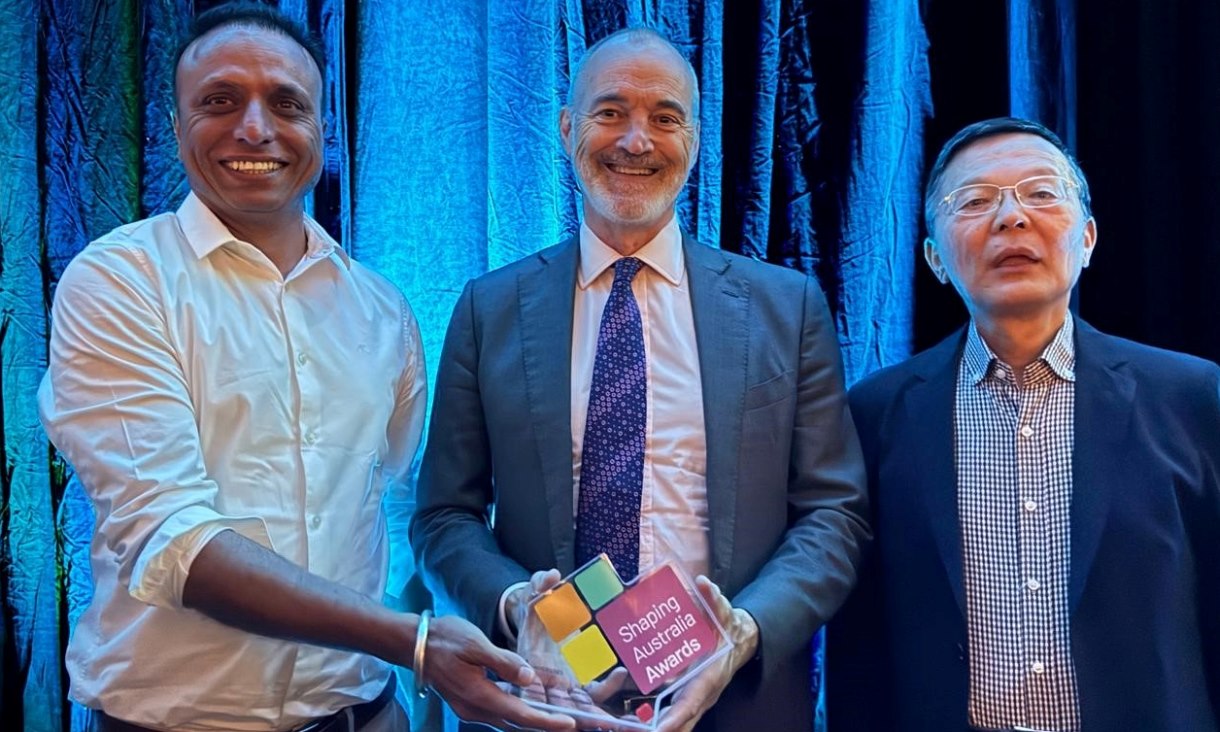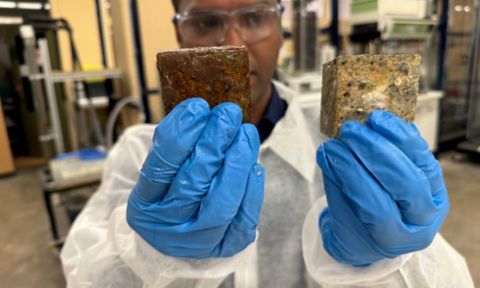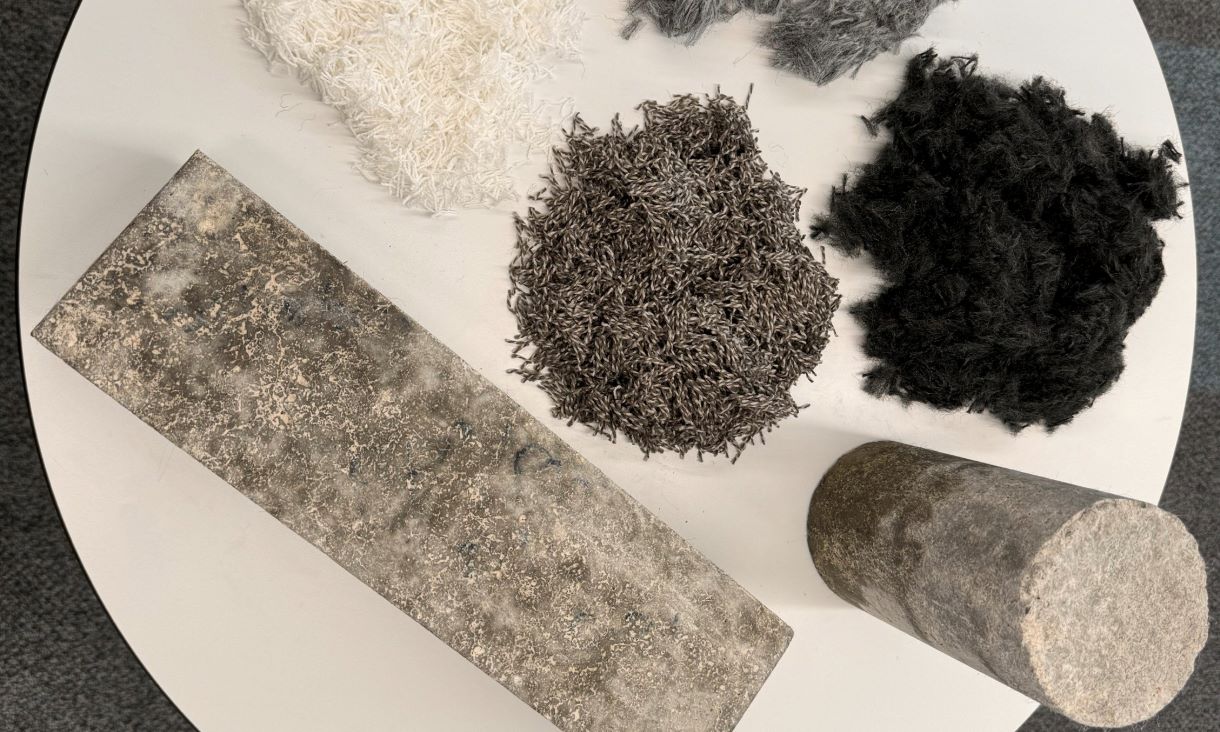Coffee concrete wins national research award
RMIT University’s coffee concrete innovators have won an award at Universities Australia’s Shaping Australia Awards in the Problem Solver category, after tallying the most votes from the public.
Anti-fatberg invention could help unclog city sewers
Engineers from RMIT University have invented a protective coating for concrete pipes that could help drastically reduce the formation of fatbergs in sewers.
Carpet fibres stop concrete cracking
Engineers in Australia have found a way to make stronger and crack-resistant concrete with scrap carpet fibres, rolling out the red carpet for sustainability in the construction sector.
New origami-inspired system turns flat-pack tubes into strong building materials
Engineers at RMIT University have designed an innovative tubular structural system that can be packed flat for easier transport and pop up into strong building materials.











